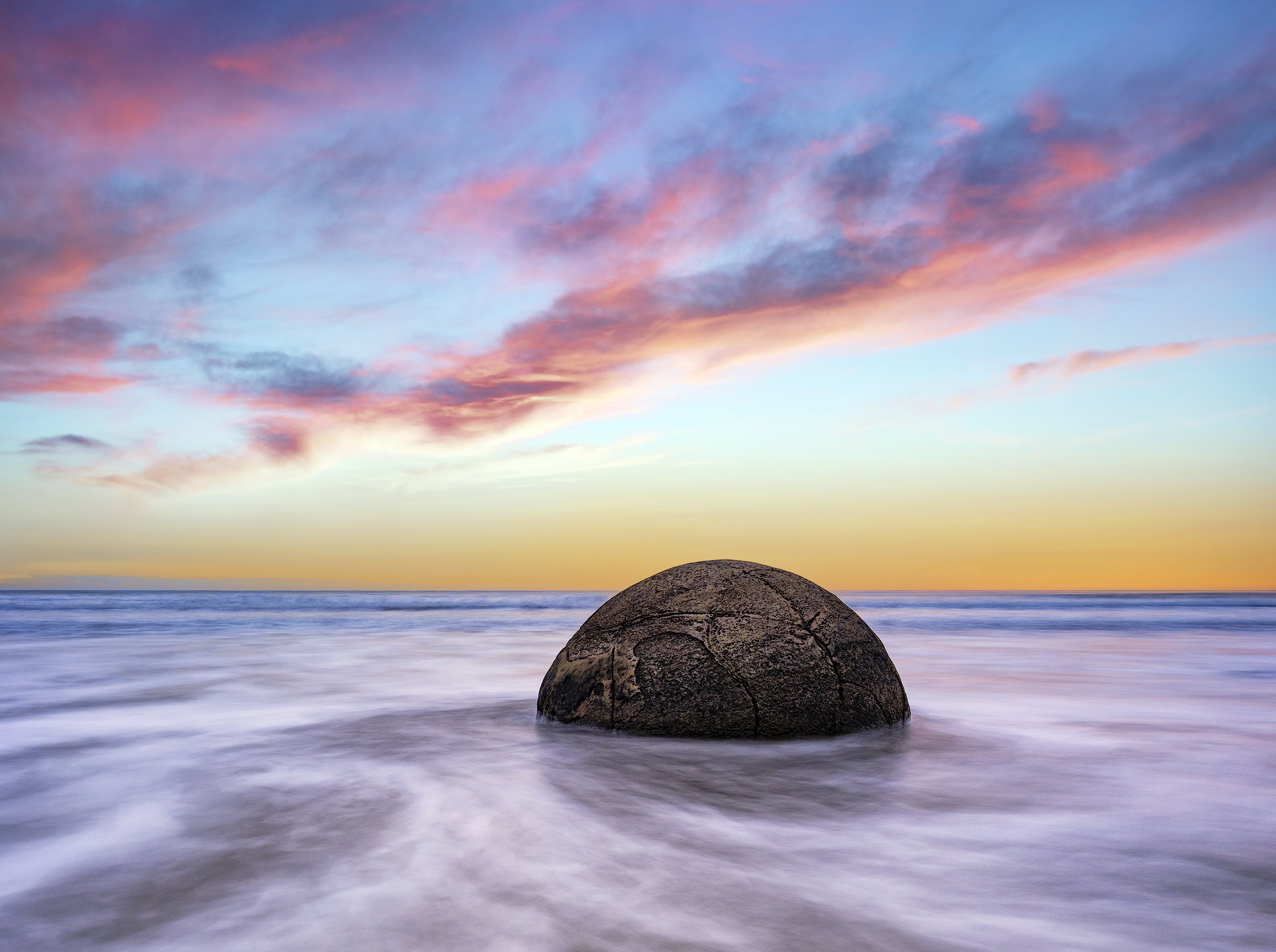The Photographer’s Photoshop Workspace
As a photographer using Photoshop, the ideal workspace settings can vary depending on personal preference and workflow. However, here are some suggestions for Photoshop workspace settings that are commonly used by landscape photographers:
Colour Settings:
Choose Adobe RGB (1998) as your working colour space. It provides a wider gamut than sRGB and is better suited for editing and printing landscape photos.
Set the colour depth to 16 bits per channel to retain more colour information during editing.
Workspace Layout:
Start with the "Essentials" workspace and customise it to suit your needs, or use the "Landscape" workspace.
Arrange your panels to allow easy access to commonly used tools and adjustments. Common panels for landscape photographers include Layers, Histograms, Info, Adjustments, and Brushes.
Colour Resolution
Set your monitor to its native resolution and ensure proper colour calibration to view and edit your images accurately.
To do this, follow these steps:
Identify your monitor's native resolution: Look for your monitor's product documentation or specifications to find the recommended or native resolution. It is typically expressed in pixels (e.g., 1920x1080 or 2560x1440).
Access display settings: On Windows, right-click on the desktop and select "Display settings" from the context menu. On macOS, go to the Apple menu, choose "System Preferences," then click "Displays."
Adjust resolution: In the display settings, locate the resolution options and select the native resolution recommended for your monitor. Apply the changes, and your monitor will adjust accordingly.
Colour calibration
Windows:
Search for and open "Colour Management" in the Control Panel on Windows.
Go to the "Devices" tab and select your monitor.
Check the box "Use my settings for this device."
Click "Add" and choose the appropriate colour profile for your monitor if available. If you have a hardware calibration device, follow its instructions to create a custom colour profile.
Set the newly added colour profile as the default for your monitor.
Click "OK" to save the changes.
macOS:
Go to "System Preferences" on macOS and click "Displays."
Switch to the "Colour" tab.
Click on "Calibrate" or "Open Display Calibrator Assistant."
Follow the on-screen instructions to calibrate your monitor's colour settings. This typically involves adjusting gamma, brightness, contrast, and colour temperature.
Once the calibration process is complete, save the new colour profile with a descriptive name.
Test and verify: After making these adjustments, it's a good idea to test your monitor's colour accuracy by viewing and editing some images. Compare them to a known reference image or print to ensure accurate colours and tonal representation.
Remember that accurate colour representation depends on other factors, such as ambient lighting conditions. Try to work in a properly lit environment; your screen should be at full brightness.
Source: Beyond the Horizon: Photoshop for Photographers

